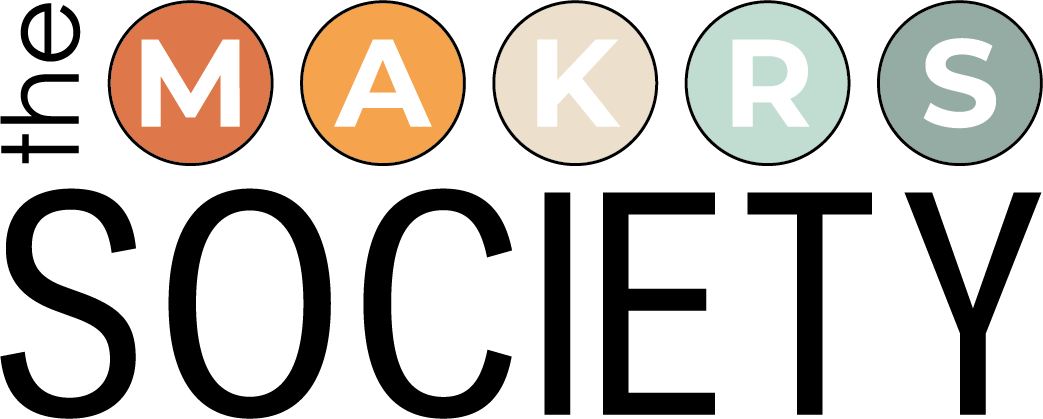The IRA Question I Get All The Time
I remember the first time I heard the term retirement account. Specifically, it was a Roth account. I was in high school, sitting in a classroom, on what used to be a cow pasture, now known as Leesville Road. Ms. Watts, if you are out there, I didn't take heed of your advice, but know I never forgot the conversation. Now I'm kicking myself, I should have an extra $450K to my name!
But that water has long flowed below the bridge, and as the old adage goes, “The best time to plant a tree was 20 years ago, the next best time is now.” So here we are, 20 years later, and I’ve become a Certified Financial Planner® who works every day to improve outcomes for my clients.
Nearly every day I get the question:
“Roth or Traditional??”
Great question.
In the 1970s, the federal government created the Traditional IRA, a tax-advantaged arrangement. (IRA stands for Individual Retirement ARRANGEMENT. Not Account. Just a bit of trivia fodder.)
The Roth IRA came along in 1997 with a different tax structure. Here’s how they compare:
Key Differences between Traditional and Roth IRAs
1. Deduction phases out if you or your spouse are covered by a workplace plan and income exceeds IRS limits.
2. Earnings and withdrawals are taxed as ordinary income in retirement.
3. Withdrawals are tax-free if you’re 59½ or older and at least five years have passed since the beginning of the tax year for which you made your first contribution to any Roth IRA.
4. Anyone with earned income can contribute, but deductibility depends on income and coverage.
5. Roth IRA contributions are phased out at higher incomes (e.g., $153,000–$168,000 for single filers in 2024).
Note: With a Traditional IRA, it is up to you to make the contributions to the account. They do not come out of your paycheck like a 401(k). Therefore, you must claim the contribution as a deduction on your tax return.
The Real Tradeoff: Timing your Taxes
We all know that you're supposed to buy high and sell low, right? I’m kidding. Just like you want to buy low and sell high in investing, you want to pay tax when rates are low and avoid paying when rates are high.
That is the real tradeoff between Roth and Traditional IRAs.
(Fun Fact: At the top of the market of the 2008 bubble, there were record inflows of money into the stock market. Then, at the bottom of the market, record outflows. What does that tell us? Investors, left to their own devices, often buy high and sell low.) - J.P. Morgan Asset Managment, FactSet, ICI
Ultimately, we want to maximize what ends up in our retirement accounts, so we can stay satiated and sheltered in our old age. Here’s how future tax scenarios affect each type:
When Each Account Type May Work Better
Note: Whether taxes are higher now or in the future depends on your personal situation (income, deductions, filing status) as well as changes in tax law and policy. The tables below give hypothetical scenarios:
What Now?
The U.S. is currently in a historically low tax environment. Many believe taxes can only go up from here. While no one can predict the future, we can make informed decisions now.
Conclusion
The Social Security Administration projects that the Social Security trust will likely be insolvent sometime in the mid-2030s.
Trivia: True or false, Social Security was meant to cover all your expenses in retirement?
Answer: False. Social Security was designed to supplement retirement income, not replace it.
So, it’s up to you to invest. And if investing isn’t your thing, hire an advisor. Listen to your gut, plan ahead, and enjoy life.
And don’t forget about tax diversification. You don’t have to choose just one path. Using both Roth and Traditional accounts may provide added flexibility to manage taxes in retirement.
Of course, this isn’t the full story. There are eligibility requirements, income limits, contribution rules, and distribution rules that apply to Roth IRAs, Traditional IRAs, employer-sponsored plans like 401(k)s and 403(b)s, and small business retirement plans like SEP and SIMPLE IRAs. This post focuses on broader concepts, and specifics can vary depending on your income, age, tax filing status, and whether you are covered by a workplace plan.
Disclosures:
This article is for general informational purposes only and does not constitute personalized investment, legal, or tax advice. The views expressed are those of the author, Tom Kelly, CFP®, and do not necessarily reflect the views of MAKRS or its affiliates.
Financial planning services are offered through Haven Financial Advisory, a business name of Kelly Investment Management, LLC, a Registered Investment Advisor in the State of North Carolina. All investment advisory services are legally provided by Kelly Investment Management, LLC.
This content should not be construed as a recommendation or solicitation. Any strategies referenced may not be suitable for all individuals. Please consult your own financial advisor, tax professional, or attorney before making decisions.
Form ADV Part 2A and 2B for Kelly Investment Management, LLC are available at www.adviserinfo.sec.gov.


